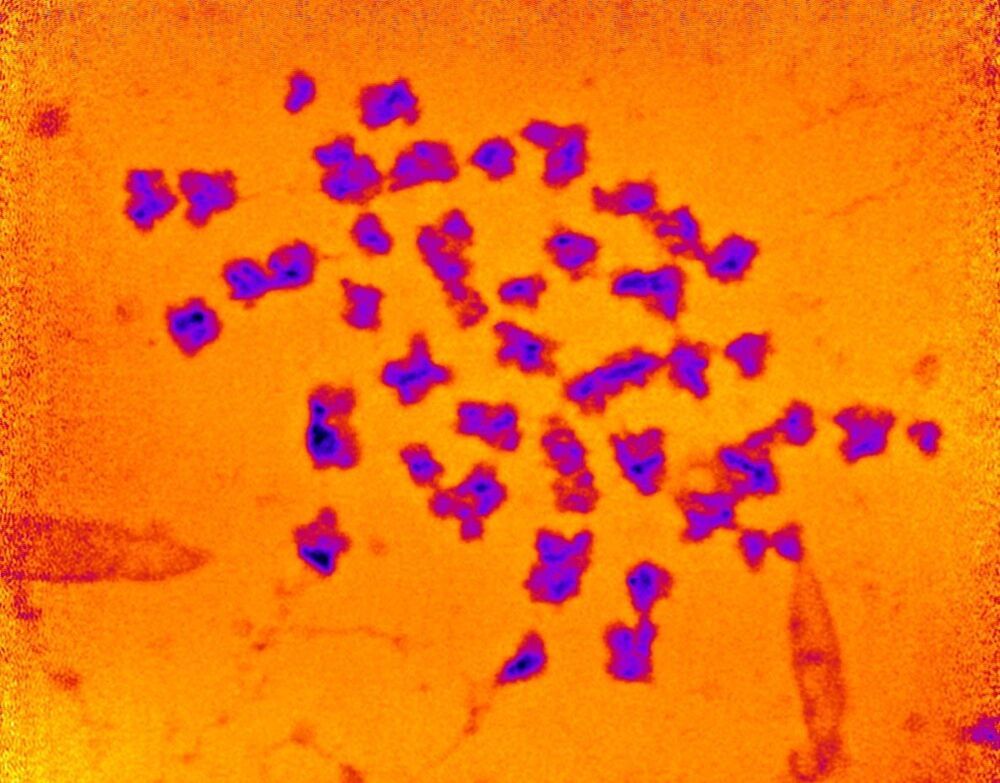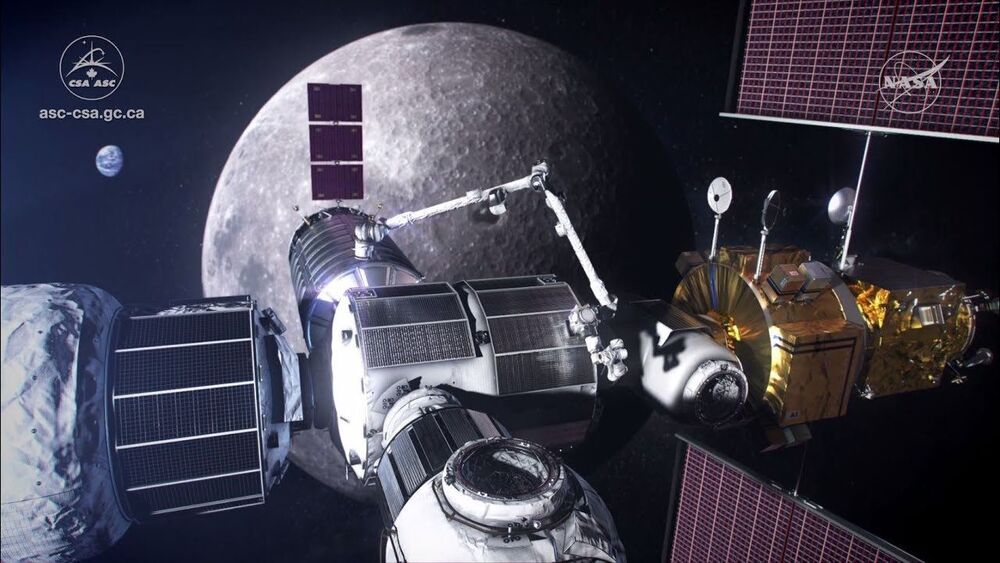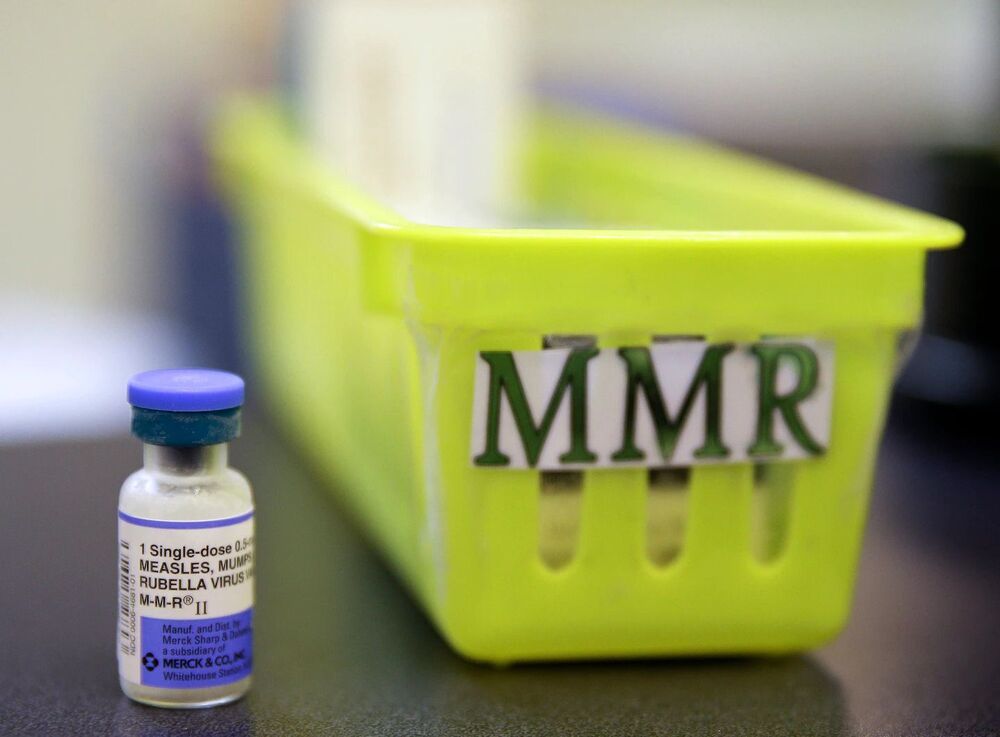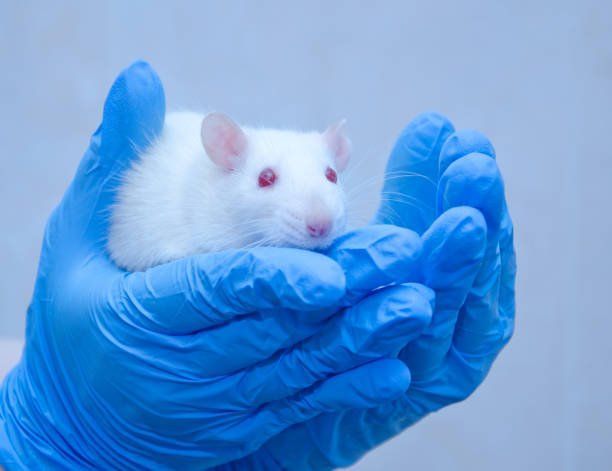Jun 10, 2021
Mass of Human Chromosomes Measured for the First Time – Mysteriously Heavier Than Expected
Posted by Genevieve Klien in category: biotech/medical
The mass of human chromosomes, which contain the instructions for life in nearly every cell of our bodies, has been measured with X-rays for the first time in a new study led by University College London (UCL) researchers.
For the study, published in Chromosome Research, researchers used a powerful X-ray beam at the UK’s national synchrotron facility, Diamond Light Source, to determine the number of electrons in a spread of 46 chromosomes which they used to calculate mass.
They found that the chromosomes were about 20 times heavier than the DNA they contained – a much larger mass than previously expected, suggesting there might be missing components yet to be discovered.


















